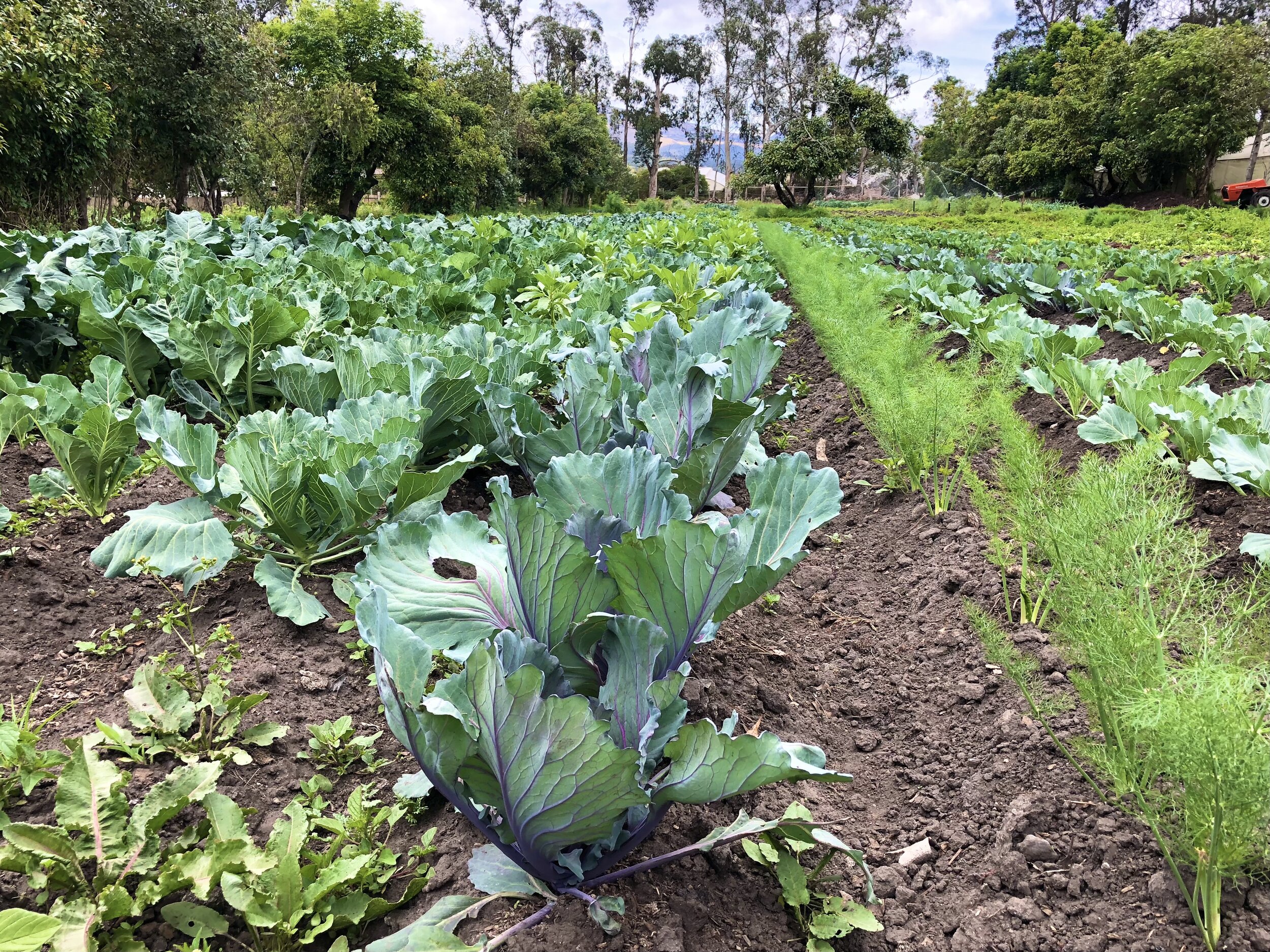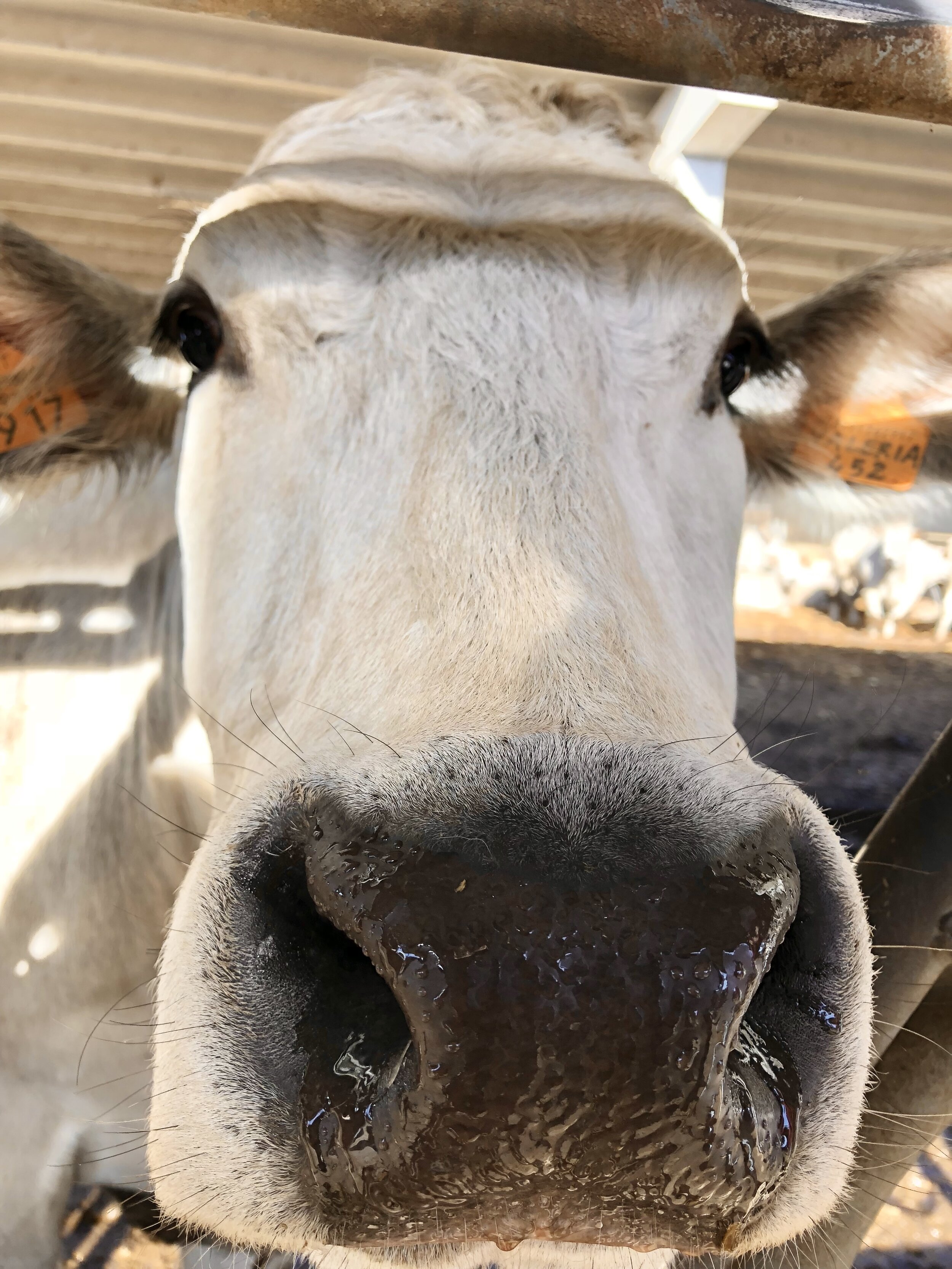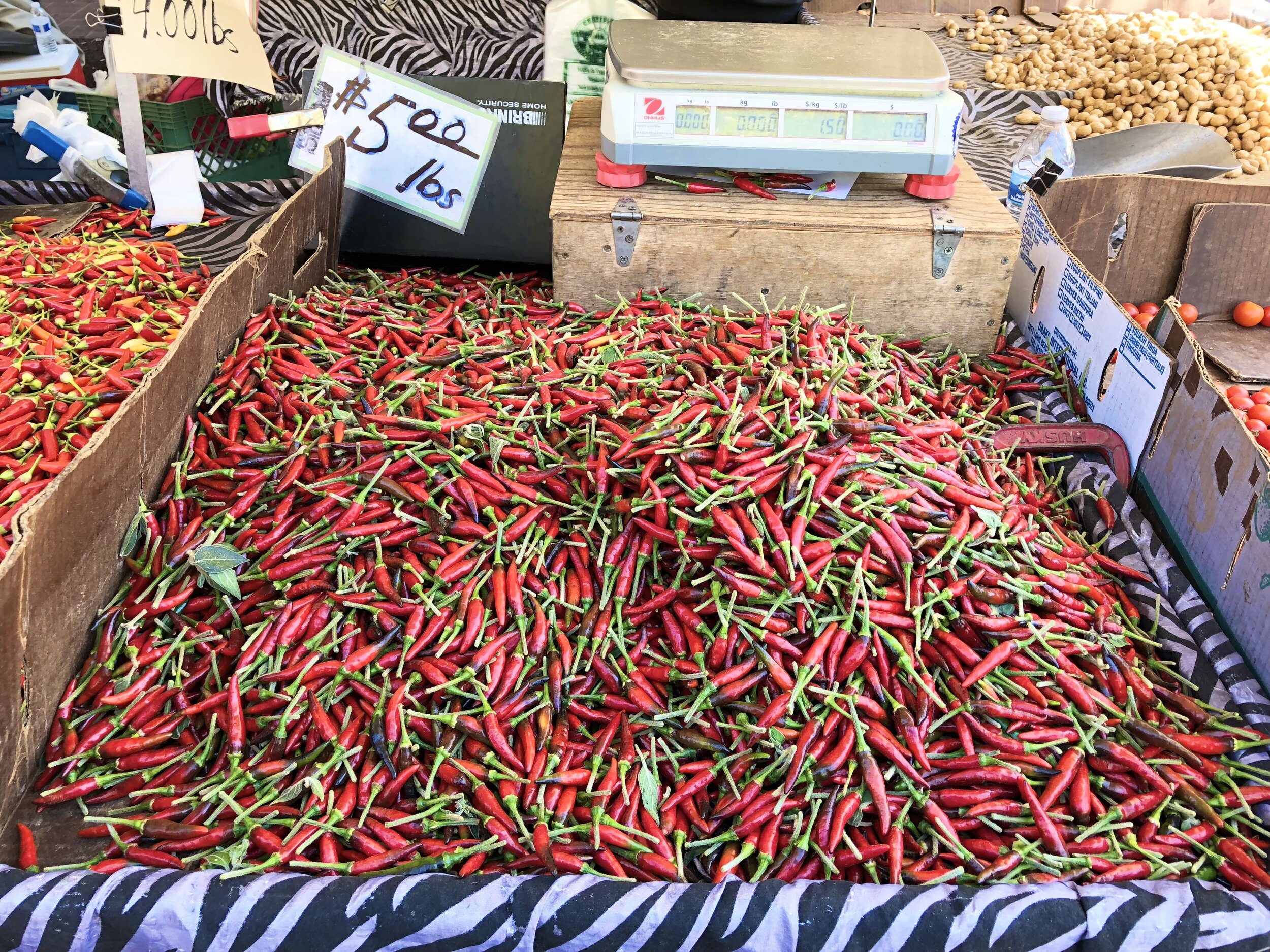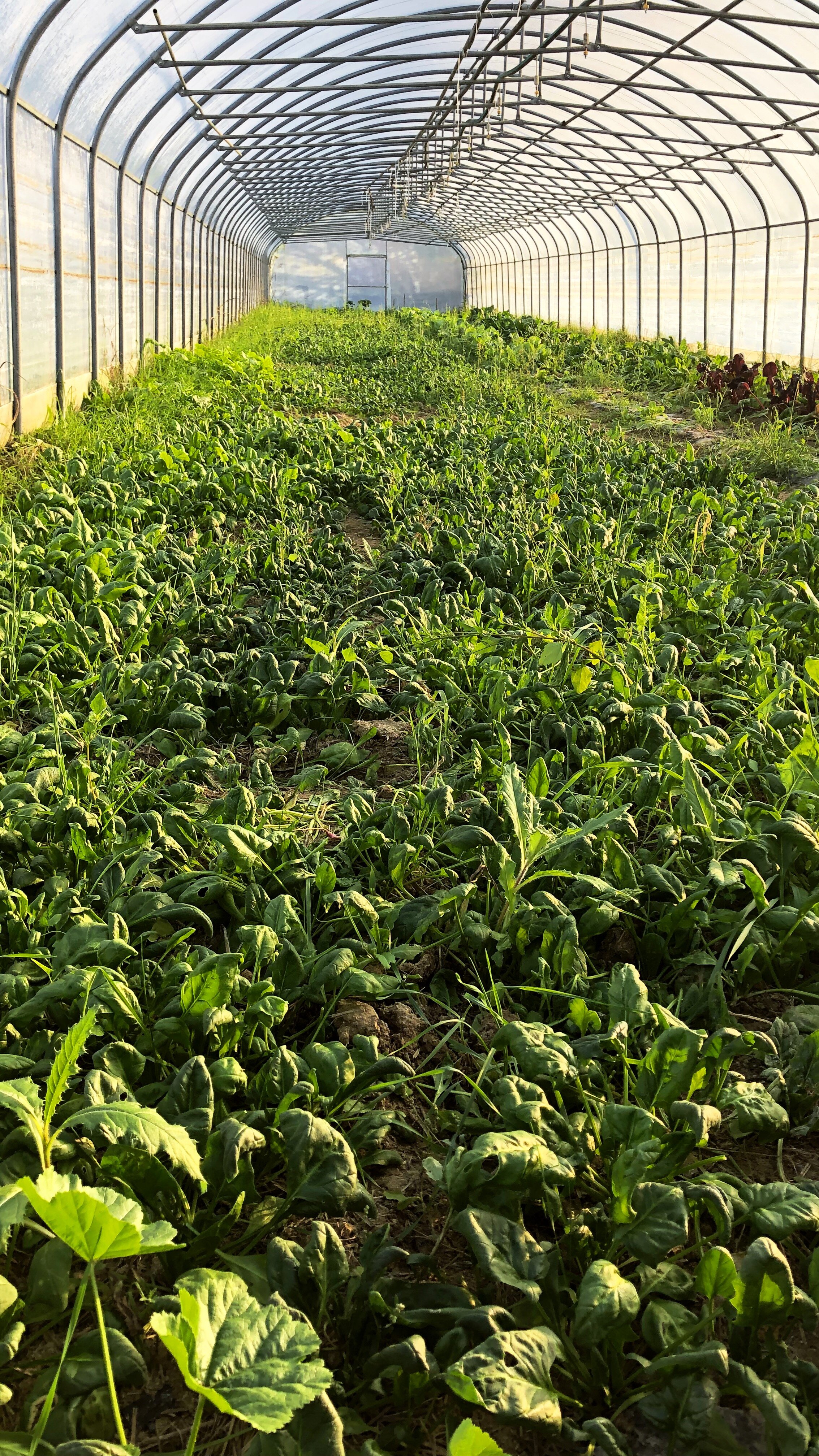Does Your Favorite Restaurant Take Sustainable Responsibility? A Look Into My Favorite Burrito Pit-Stop.
This article was written by staff writer Jenna Bensko. Read about Jenna here.
The restaurant industry plays an influential role in the American diet. In 2018, 44% of all food spending went toward food outside the home(1). This trend hastened during the COVID-19 pandemic as many consumers trended toward a take-out heavy eating pattern in an effort to support local businesses and reduce the burden of cooking at home. Since a large portion of food is eaten outside the home, the restaurant industry has a powerful position in our food system. Recently there has been mounting pressure on the restaurant industry to take on more responsibility because consumers are recognizing the impact restaurants have on important societal issues such as climate change, obesity, animal welfare and more.
As a result of this growing pressure, companies’ have started to release public commitments to issues such as health and sustainability in the form of corporate social responsibility (CSR) statements. Some chain restaurants may use CSR statements to falsely make themselves appear more socially responsible, so it is important to understand the practices of chain restaurants with CSR statements and examine whether they follow through with their objectives. I dove into the CSR of my favorite chain restaurant, Chipotle, to better understand how they plan to take action and if there has been any actual progress reported in the past few years.
I’ve always seen Chipotle as a responsibly sourced, healthy, veggie friendly restaurant with a sleek and clean dining area. I also appreciate that their ordering system allows consumers to customize their meal, reducing the potential for unnecessary food waste right off the bat. Chipotle released a 168 page CSR in 2020 with a focus on three sections; Food & Animals, People, and the Environment. This report can easily be found on their website under the “About Us” tab. The introduction of the report states, “Since our beginning in 1993, Chipotle has been committed to serving food with integrity and revolutionizing the fast food industry. Our real ingredients are responsibly sourced and classically cooked with people, animals, and the environment in mind. Everything is connected” (2). A nice introduction, now let’s see how they measure food served with “integrity” and what they mean by “responsibly sourced and classically cooked”.
Under the Food & Animals section of the report, Chipotle first outlined goals they had set in the previous year that were achieved. Remarkably, Chipotle achieved great success in meeting their previously established goals. In 2020, Chipotle purchased over 31 million pounds of local produce— an investment of more than $23.3 million in support of local food systems. Produce included 4,000 lbs of cauliflower, 6.3 million pounds of onions, 9.6 million pounds of bell peppers, and more (2). Granted, I can’t find data on how much produce they use overall, so take this goal with a grain of salt. However, Chipotle identified a new goal to increase that poundage for the next year: “Purchase over 37 million pounds of produce in 2021 from local farmers through our Local Growers Program'' (2). The Local Growers Program is Chipotle’s commitment to providing financial support to help small and medium-sized growers. The funds provide financial resources to secure the personnel, technology, training and testing mandated for its suppliers. The CSR document highlights some of their small/medium-sized suppliers from across the states, including dairy farmers, grain farmers and produce farmers. Chipotle also provides tracking information for all the ingredients in their supply chain. Transparency in ingredient sourcing can be rare for chain restaurants, so this is a notably progressive step. This allows consumers to understand how far their food traveled, which could be important for consumers that want to lessen their carbon footprint, and who care about the quality/freshness of their food.
The “People” section of the report highlights goals related to philanthropy, employee satisfaction and benefits. A notable goal that was achieved this past year was the donation of $5 million to local community organizations through 26,000 fundraisers in their restaurants (2). Chipotle also donated over 455,000 meals to those in need of food that reside in communities surrounding their restaurant locations. Lastly, they offered free & confidential Employee Assistance Program (EAP) services to all their employees (2). Employee Assistance Programs provide resources for employees that struggle with personal problems and/or work-related problems that may impact their job performance, health, mental and emotional well-being. These are just three of many “people” related goals that Chipotle achieved. New goals for the coming year include a pledge to “Enrich our benefits offering around employee wellness including mental health, financial, and physical wellbeing including providing preventive healthcare for all employees through Telemedicine” (2). This is a particularly relevant and important goal when considering the barriers to healthcare that the pandemic has created.
The “Environment” section of the report opened with a key statement from the Head of Sustainability, “This past year was remarkable in many ways. Many of the challenges we faced as a global society have pushed us to further understand the importance of the impact we have on this planet. In a lot of ways, 2020 drove us all collectively closer to our purpose and revealed so much about our values— as individuals, a society, and a world”(2). Chipotle has a long list of environmental achievements from the past year and continues to pave the way for more improvement with their newly established goals. Some goals that were met this past year: 100% of their new restaurant openings participated in their food donation “Harvest Program”, a program that pairs restaurants with a local charity or food bank, for a total of 455,766 pounds of food donated. Additionally, Chipotle succeeded in the set-up and maintenance of composting programs at 25% of all restaurants and the launch of the “Real Foodprint” feature on their app. Real Foodprint is a feature which provides information to consumers about the impact of their meal on the planet. It is a first-of its-kind tracker that provides consumers detailed data about the impact of each of the ingredients in their Chipotle meals. Chipotle is the first brand to provide detailed impact data about its ingredients for guests. The tracker uses five (5) key metrics:
Less Carbon in the Atmosphere: Measured in grams
Gallons of Water Saved
Improved Soil Health: Measured in sq. feet
Organic Land Supported: Measured in sq. feet
Antibiotics Avoided: Measured in milligrams
Chipotle achieved notable success in the past year and continues to push toward a more sustainable restaurant model. Some notable environmental goals set for the coming year: Create an internal Climate Committee focused on curbing company-wide GHG emissions by end 2021, identify key biodiversity hotspots throughout our operation by 2025, and pilot at least one innovative new packaging design that reduces plastic in 2021(2). Chipotle continues to hold itself accountable for operating in the most sustainable manner.
While Chipotle established progressive goals compared to other corporations, I can’t go without mentioning a novel initiative I found in Panera Bread’s report. Panera released the “Food Interrupted” mini video series in 2018 on platforms such as YouTube and Facebook. Each video was narrated by a relevant actor in the food system (i.e. urban farmers, grain farmers, chefs, etc.) and elaborated on the production and processing of one of several food groups. There were videos on meat, eggs, vegetables, grains, and added sugars. Notable appearances in the videos included Dan Mccollister, Chef Chris Cosentino and food blogger Kevin Curry. While there are several aspects of this production I disagree with (hearing from more nutrition experts rather than celebrity influencers), I think the overall message of transparency in the food chain is a good step forward.
While I chose to dissect the CSR of Chipotle, there are many chain restaurants that have started to release social responsibility statements in response to public pressure to adopt sustainable practices. I challenge you to be a critical consumer and do your research before you choose where to go for your next meal outside the home. You can find most CSRs on the restaurant website. Looking at the goals that are set forth for the coming years is a good place to start. Explore their measures of success; do they have any..if they do, are they vague or specific? Have they met any of their previously set goals, or is this their first year setting sustainability goals? Do their menu offerings reflect a sustainable diet? Chipotle’s initiatives were aggressive yet achievable, but that might not always be the case. Let’s all do our part and hold our favorite restaurants accountable for following through with their objectives.
References
Paulin, Geoffrey. “In 2018, 44 Percent of All Food Spending Was on Food Away from Home.” U.S. Bureau of Labor Statistics, U.S. Bureau of Labor Statistics, 1 Apr. 2020, www.bls.gov/spotlight/2020/food-away-from-home/home.htm.
Chipotle, 2020, Sustainability Report: Cultivate A Better World.
Panera, 2017-2019, Positively Good Food.




